In which, An Khe pass is a scenic spot with profound historical imprint connecting the two lands of Binh Dinh and Gia Lai .
The Bahnar Ala Kong people call An Khe Pass Mang Pass, meaning “the gate” to cross from the coastal plains to the mountainous region, the land of the residents of the Northern Central Highlands. To the West, passing through the An Khe plateau, they continue to a higher pass called Mang Yang (heaven’s gate) to reach the Pleiku plateau and reach the border area adjacent to the land of pagodas (Cambodia).
An Khe Pass. Photo: Phan Nguyen
Geographically, the mountain ranges of the Eastern Truong Son range in the North-South direction have divided this land into two regions: the upstream region and the downstream region. In the past, the residents of Quy Ninh (the plains of Binh Dinh today) traded with the mountain people by two routes: by road (crossing An Khe Pass) and by river (upstream of the Con River). From then on, the people of Binh Dinh had a saying: "Whoever returns, please tell the source/Send down bamboo shoots, send up flying fish". In Le Quy Don's "Phu Bien Tap Luc", "source" refers to the name of a place in the upstream region, equivalent to a commune in the plains.
Evaluating the products from the source brought to the Quy Nhon plain at that time, in "Historical Records of the Dynasties", Phan Huy Chu recorded: "There are many products such as agarwood, rosewood, rhino horn, ivory, gold, silver, beeswax and all kinds of good wood". That proves that, since the feudal period, the trade and transportation of goods and precious products from the mountains and forests to the Binh Dinh plain today, then followed the merchant ships to spread to all over the country and abroad.
Before the road through An Khe Pass was formed under the project to expand National Highway 19 to the Central Highlands, it was just a small, narrow trail, with few people daring to cross the long, winding slopes, jagged rocks, dense trees and many wild animals.
In the book “Nuoc Non Binh Dinh”, Quach Tan mentioned the trail at An Khe pass, then called Vinh Vien pass, with an altitude of about 740 m, 10 km long, very difficult to go. The vestiges that people often mention when climbing the pass, in addition to Chang Hang slope, also have the star fruit tree, the old tree, where pedestrians often sit and rest.
Therefore, at that time, for trading, carrying goods, merchants from the lowlands and residents from the highlands often traveled through Van Tue pass, towards Vinh Thanh and Cuu An, about 10 km north of An Khe pass today, where Ong Binh islet is located; to the west of Thuong Giang village, there was Dong Hao pass road on the east side to Tram Go, located northwest of An Son, where military provisions were hidden during the Tay Son period.
In the mid-17th century, the Nguyen lords in Dang Trong brought the first Kinh people over the pass to the mountainous region to establish Tay Son hamlet (at that time it belonged to Tuy Vien district, Quy Ninh prefecture (in 1742 it was changed to Quy Nhon prefecture). "Tay Son hamlet had 2 hamlets Nhat and Nhi, now 2 villages An Khe and Cuu An, Quy Ninh land, now Hoai Nhon" (Dai Nam Chinh Bien Chronicle).
During the Tay Son Tam Kiet Tu Nghia period, An Khe was used as the headquarters to gather righteous men, win the hearts of the local people, prepare food, weapons and train troops to prepare for the conquest of the South and the North. Travel between the Tay Son Ha Dao and Tay Son Thuong Dao became more frequent and dense. Along the mountain passes from Van Tue to Vinh Vien Pass (An Khe), Ong Binh Island, Ong Nhac Island... were secret areas with military posts, military food warehouses, Xom Ke base... always carefully guarded, avoiding the eyes and ears of the enemy. It was thanks to the steep mountain ranges with high passes blocking the way to the mountain defense that the base area was firmly protected.
Nowadays, people still mention a legend about Nguyen Hue receiving the O Long knife from a pair of black cobras in the middle of An Khe pass, when he was leading his troops over the pass to the lower region. The story mentioned the hearts of the people at that time always turned towards the Tay Son uprising flag, at the same time believing that the spiritual energy was still thriving in the mountains bordering the An Khe-Binh Dinh region today.
An Khe Pass. Photo: Phan Nguyen
During the Nguyen Dynasty, realizing the economic and military potential of the An Khe plateau, officials were sent to recruit people from the coastal area to cross the high pass to An Son to reclaim land and settle down.
According to Andrew Hardy's "History of the Reclamation of the An Khe Plateau", from 1864 to 1888, the Hue court launched three waves of migration to An Son to reclaim land, expand the area, and assert control over a part of the western mountainous region of Binh Dinh. However, at that time, An Khe Pass had not yet been opened, and was still an obstacle causing difficulties for travel and trade between the lowlands and the highlands.
By the end of the 19th century and the beginning of the 20th century, the French colonialists plotted to occupy the Central Highlands for a long time in order to exploit resources for the motherland. They began to open roads from the Central Coast to the Central Highlands, including Highway 19. From there, the road through An Khe Pass was formed, the gate to the upstream to the border area was opened.
During the war against the French, An Khe Pass became the gateway for the enemy to attack the Binh Dinh plain from the highlands. The tug-of-war battles between our army and the French soldiers often occurred on this land. History also recorded the heroic sound of Ngo May's bomb by Voi stream near An Khe Pass destroying the French army that swept down to the plain, causing great resounding echoes, making the French colonialists terrified.
In the early days of the resistance war against the French, the army and people of Gia Lai, from the evacuation area in Binh Dinh, crossed An Khe pass to return to set up a base in Xom Ke, gradually attacking the enemy, liberating the beloved land of Gia Lai.
In particular, during the war against the US, in April 1972, our army made a miracle at the peak (Hill 638) also known as Hon Bui in An Khe Pass, where the notorious Tiger Division (South Korea) occupied. The resounding battle of the unit of the 3rd Golden Star Division caused a shock that left an indelible mark on the South Korean mercenaries and the US expeditionary army.
Today, the stone stele of the Tiger Division remains intact on the top of An Khe Pass. According to Master Nguyen Quang Tue, who once took Professor Ju Hung Shim (Incheon National University - Korea) to visit the ancient battlefield and this historical stele, “…Most of the articles, research works, press works, literary and artistic works from England, America or Korea that we have consulted show that the An Khe Pass battle in April 1972 was a haunting experience for decades for those involved and their relatives.”
Since the reunification of the country (1975) until now, An Khe Pass in particular and National Highway 19 in general have always received investment attention for upgrading and expansion. In the future, An Khe Pass will no longer be an obstacle to trade but will be a connecting point between the two regions of the new Gia Lai province.
Source: https://baogialai.com.vn/deo-an-khe-dau-an-lich-su-post330329.html


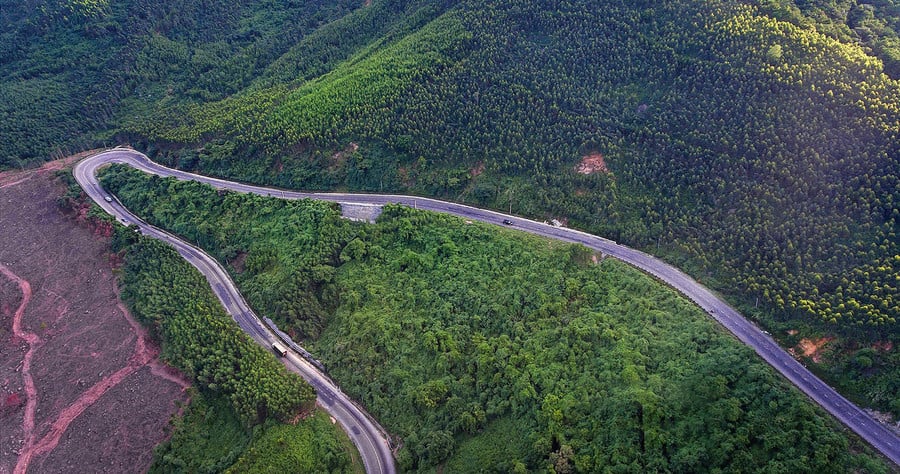

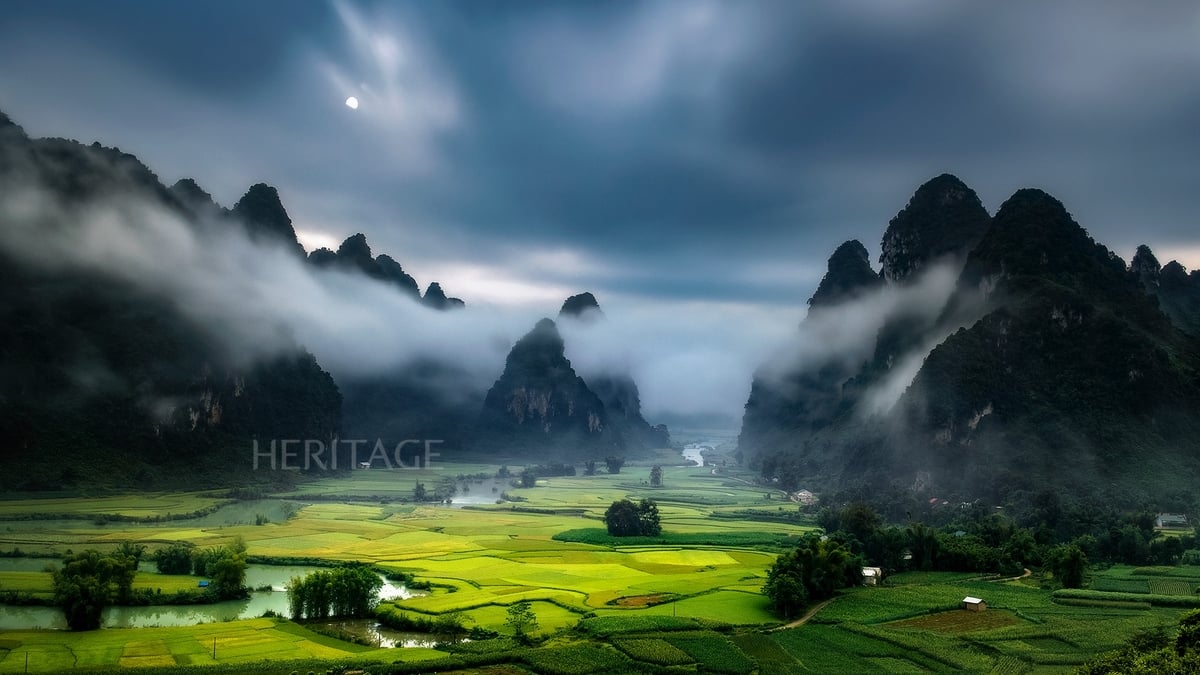
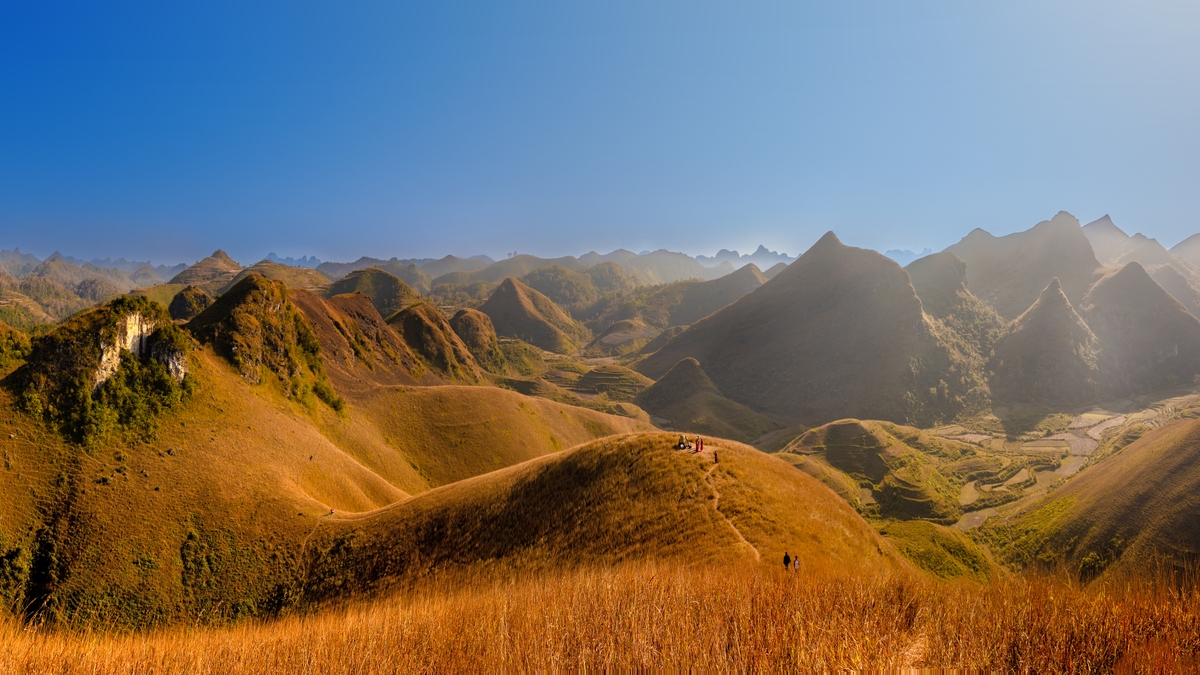

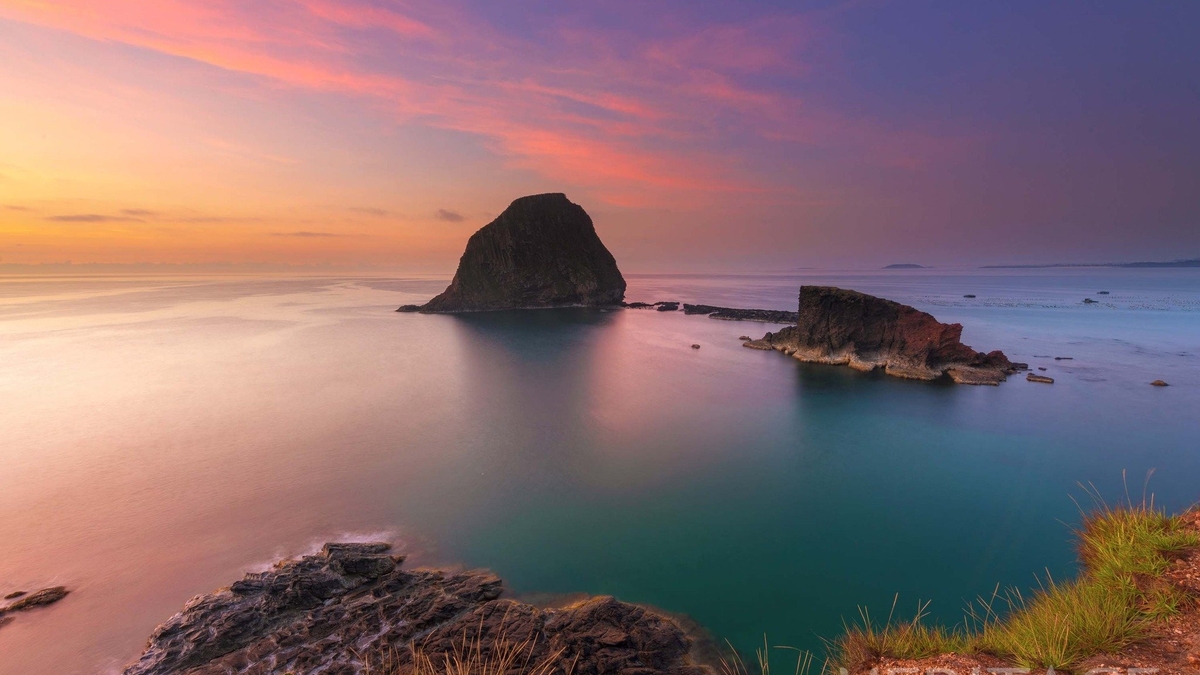
![[Photo] General Secretary To Lam receives Vice President of Luxshare-ICT Group (China)](https://vphoto.vietnam.vn/thumb/1200x675/vietnam/resource/IMAGE/2025/11/15/1763211137119_a1-bnd-7809-8939-jpg.webp)
![[Photo] Prime Minister Pham Minh Chinh meets with representatives of outstanding teachers](https://vphoto.vietnam.vn/thumb/1200x675/vietnam/resource/IMAGE/2025/11/15/1763215934276_dsc-0578-jpg.webp)
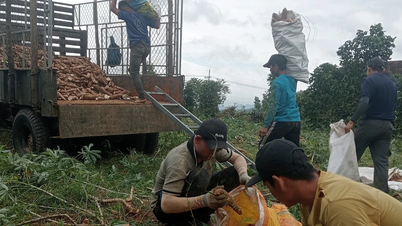
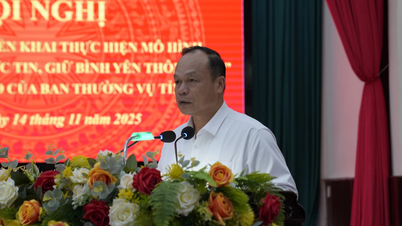
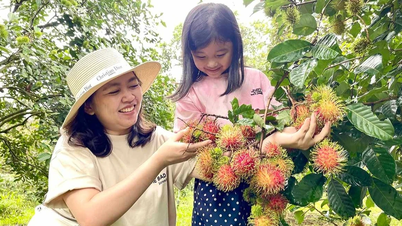
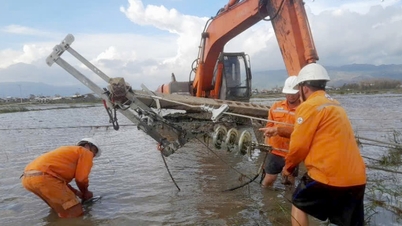





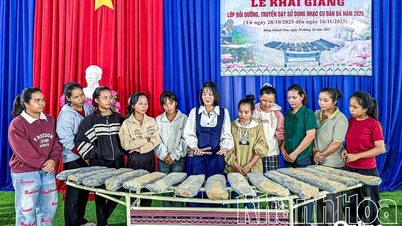




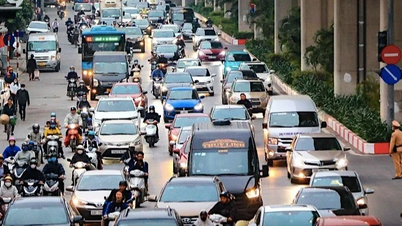



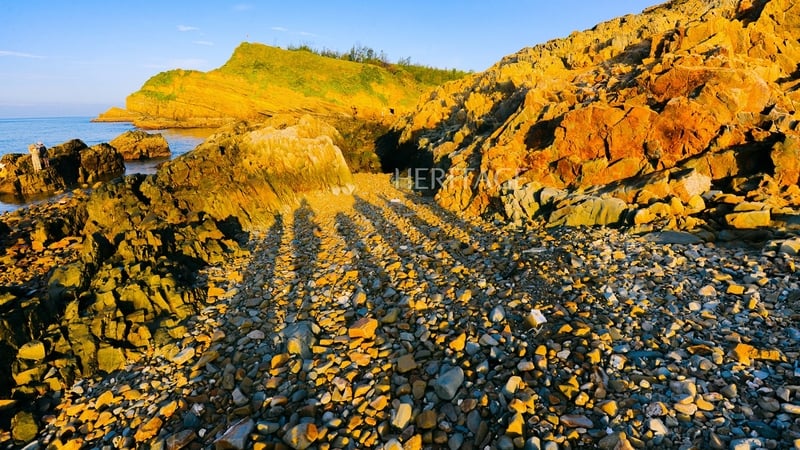


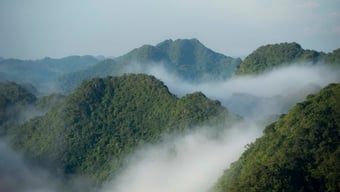
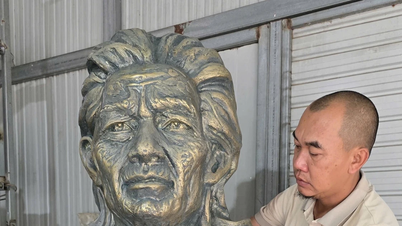





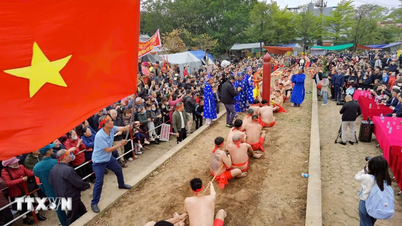

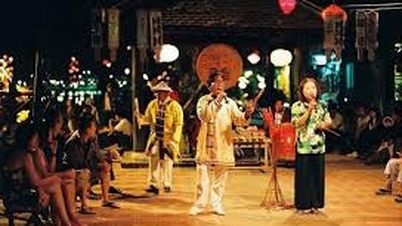





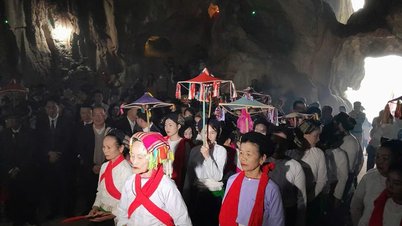




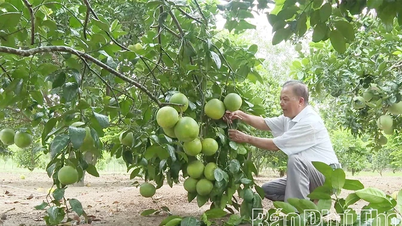






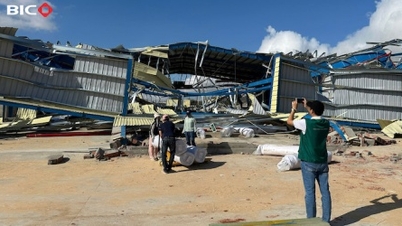




















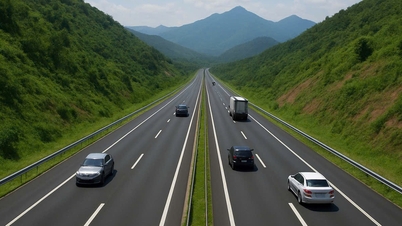











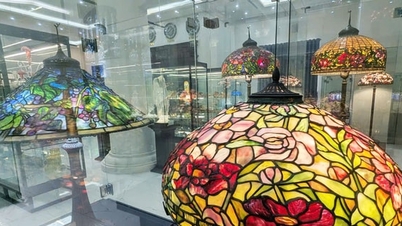

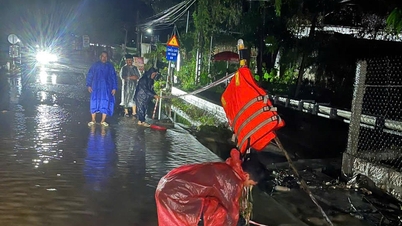
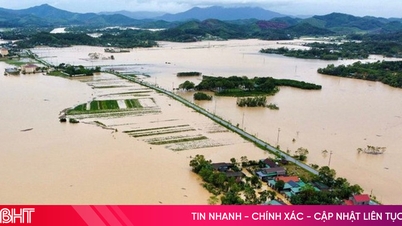














Comment (0)